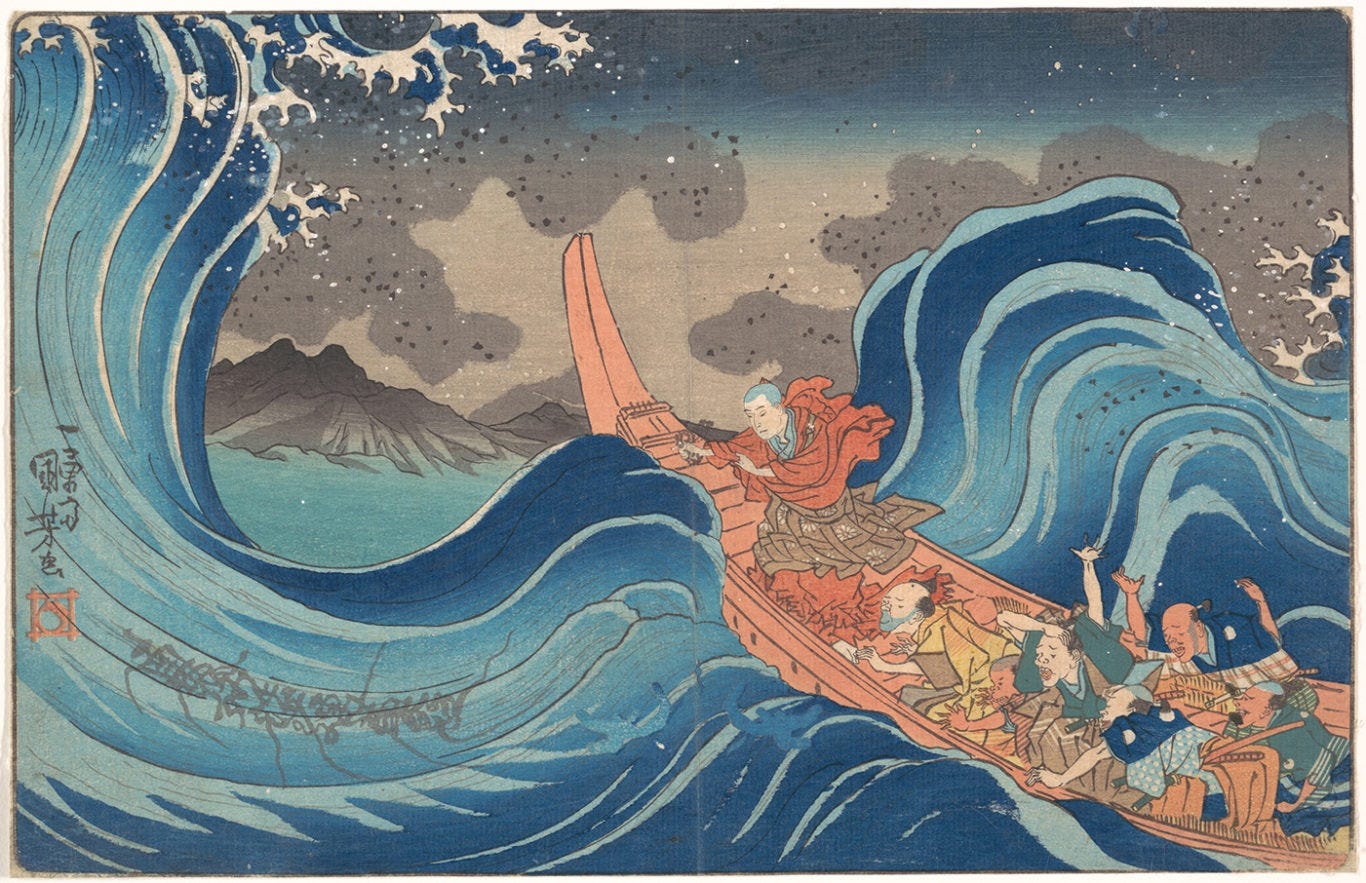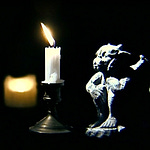Dear Reader;
Welcome to the Part Four Exercise, part of a series of writings on Healing the Primary Sexual Wound.

Part Four Exercise: On the forgiving, healing and integrating the Masculine and Feminine aspects of our being.
This exercise honours the hidden blessings within our dualistic natures and the deep purpose held by both the feminine and masculine aspects of our incarnation, while recognizing all humans embody elements of both. This does not negate natural gender, but rather invites us to dance with our beautifully polarized reflection.
In this exercise you will be led through an exploration of three levels of awareness: wounding, compensation and acceptance. As we develop the capacity to witness the hidden aspects of our masculine or feminine natures, we may then have the courage to recognize how we have learned to deny and protect ourselves.
As an unconscious compensation, women may develop tactics of masculine aggression, and men may retreat to a feminine passivity. We may relinquish our inherent strength in such an adaptation, for fear of revealing what we perceive as a dangerous potency.
Jung said, “Whatever is rejected from the self, appears in the world as an event.” Remembering that our emotional shadows are our guides, what have these fears come to teach us? Who are we in our wholeness? Where may a man find the new sacred masculine within, and how does a woman embody the long lost sacred feminine?
Please take the time to journal, draw, paint and move your body after your meditation. Celebrate what has been revealed.

You will hear a brief introduction of the Nam-myoho-rege-kyo Nichiren Buddhist chant, offered in the understanding that even ignorance and the Dharma nature are a single entity, or one in essence. This reunion is indeed our Buddha nature.
From Soka Gakkai, of the Nichiren Buddhism Library":
“The meaning of Nam-myoho-renge-kyo is explained in the opening section of The Record of the Orally Transmitted Teachings, the record of Nichiren’s lectures on the Lotus Sutra compiled by his disciple and successor, Nikkō. It states that namu derives from the Sanskrit word namas and is translated as devotion, or as “dedicating one’s life.” What one should dedicate one’s life to, he says, are the Person and the Law. The Person signifies “Shakyamuni,” which means the eternal Buddha, and the Law is “the Lotus Sutra,” which means the ultimate truth, or Myoho-renge-kyo. According to Orally Transmitted Teachings, the act of devotion (namu) has two aspects: One is to devote oneself to, or fuse one’s life with, the eternal and unchanging truth; the other is that, through this fusion of one’s life with the ultimate truth, one simultaneously draws forth inexhaustible wisdom that functions in accordance with changing circumstances.
Orally Transmitted Teachings further states: “We may also note that the nam of Nam-myoho-renge-kyo is a Sanskrit word, while Myoho-renge-kyo are Chinese words. Sanskrit and Chinese join in a single moment to form Nam-myoho-renge-kyo. If we express the title [of the Lotus Sutra] in Sanskrit, it will be Saddharma-pundarīka-sūtra. This is Myoho-renge-kyo. Sad (a phonetic change of sat) means myō, or wonderful. Dharma means hō, Law or phenomena. Pundarīka means renge, or lotus blossom. Sūtra means kyō, or sutra. The nine Chinese characters [that represent the Sanskrit title] are the Buddha bodies of the nine honored ones. This expresses the idea that the nine worlds are none other than the Buddha world.
“Myō stands for the Dharma nature, or enlightenment, while hō represents darkness, or ignorance. Together as myōhō, they express the idea that ignorance and the Dharma nature are a single entity, or one in essence. Renge stands for the two elements of cause and effect. Cause and effect are also a single entity.
“Kyō represents the words and voices of all living beings. A commentary says, ‘The voice carries out the work of the Buddha, and it is called kyō.’ Kyō may also be defined as that which is constant and unchanging in the three existences of past, present, and future. The Dharma realm is myōhō, the wonderful Law; the Dharma realm is renge, the lotus blossom; the Dharma realm is kyō, the sutra.”
much love, Adi













Share this post